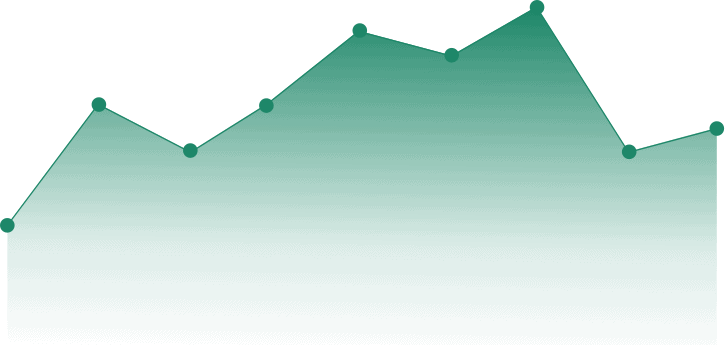Key takeaways
- SaaS billing cycles determine when revenue is invoiced and collected, making them a critical lever for cash flow predictability and financial stability.
- Well-defined billing cycles improve forecasting, customer trust, and internal financial operations, especially for subscription-based businesses.
- Billing cycles are closely tied to revenue accrual and accounts receivable, helping SaaS companies stay GAAP-compliant while smoothing revenue reporting.
What is a Billing Cycle in SaaS?
A billing cycle is the period of time between two invoice statement closing dates. It begins when a customer is first billed and ends when the next invoice is issued.
Clearly defining your invoice delivery dates is vital to maintaining healthy customer relationships and establishing trust. It helps companies estimate how much revenue they will receive in a payment period. This is incredibly important when forecasting revenue for an upcoming business quarter or fiscal year.
For SaaS companies, billing cycles define when revenue is invoiced and collected, not just how much is charged.
Why does Billing Cycles Matter for SaaS?
Billing cycles play a critical role in maintaining financial stability and supporting day-to-day operations.
- Scheduling regular invoice send and receive dates speeds up the accounting process and turns your satisfied customers into champions for your brand.
- Sticking to the practice of billing in cycles helps your company’s internal processes as well as your clients’. Clients can anticipate upcoming invoices and manage their budgets accordingly. In fact, late payments and negative cash flows are often the results of a poor billing structure.
- Standardizing your billing dates also make it easier to keep track of the clients contributing the most to revenue accrual. This revenue monitoring helps companies determine the credit health of their clients through accounts receivable.
- Finally, recurring payments hold companies accountable for their spending, because it acts as a built-in budget tool. Studies have shown that companies that see smaller but more frequent increments of cash flow save more money. A steady revenue stream encourages steady spending.
Without structured billing cycles, even profitable companies can struggle with cash flow timing, one of the most common causes of business failure.
How many days is a billing cycle?
How many days a cycle lasts depends on the pricing strategy and products offered by a company, but they’re typically 30 to 45 days long.
The length of a billing cycle depends on pricing models, contract terms, and product structure.
Common billing cycle lengths include:
- Monthly (30 days) for standard SaaS subscriptions
- Quarterly (90 days) for some B2B contracts
- Annual for prepaid subscriptions with variable usage billed separately
If your company offers a monthly subscription, it will be more predictable. However, for sales-negotiated contracts, the date range could vary drastically. The billing cycle of a sales-negotiated contract will ultimately be determined based on the negotiated contract, as well as the specific pricing model offered.
In an annual contract, customers pay an annual fee. However, separate pricing variables such as usage, per-user seats, or individual licenses could be billed throughout the year. When building a sale-negotiated contract, be sure to take into account both pricing variables and negotiated terms. Then, adjust your billing cycle accordingly.
How to Set Up a Billing Cycle
Setting up a billing cycle requires clear decisions around products, customers, and timing.
Most SaaS companies follow these steps:
- Identify what you are billing for (subscriptions, usage, services)
- Determine who you are billing (customer segments or contract types)
- Select invoice frequency based on cash flow needs and customer expectations
Depending on your company’s billing model, some products or services can be billed on an automatic or recurring basis. A shorter billing cycle is typically a better option for growing companies because it keeps their cash flow positive and allows them to keep up with company expenses like payroll, software, etc.
Measuring the Effectiveness of Your Billing Cycles
Once billing cycles are established, finance teams should regularly evaluate their performance.
Common success indicators include:
- Lower accounts receivable balances
- Reduced days sales outstanding (DSO)
- Faster cash collection timelines
Analytics and reporting tools can highlight failed payments or delayed invoices, allowing teams to adjust billing or dunning strategies proactively.
How to record revenue accrual.
Revenue accrual is recorded in the accounting period in which the transaction of services occurred. So, even if your business has not received payment for a product or service, that revenue will still be recorded in a journal entry.
More specifically, accrued revenue is reported as an adjusted journal entry in current assets on a balance sheet, and it’s labeled as ‘earned revenue’ on a business’s income statement. Then, when payment is finally made, it is recorded as an adjusting entry to the asset account for accrued revenue.

